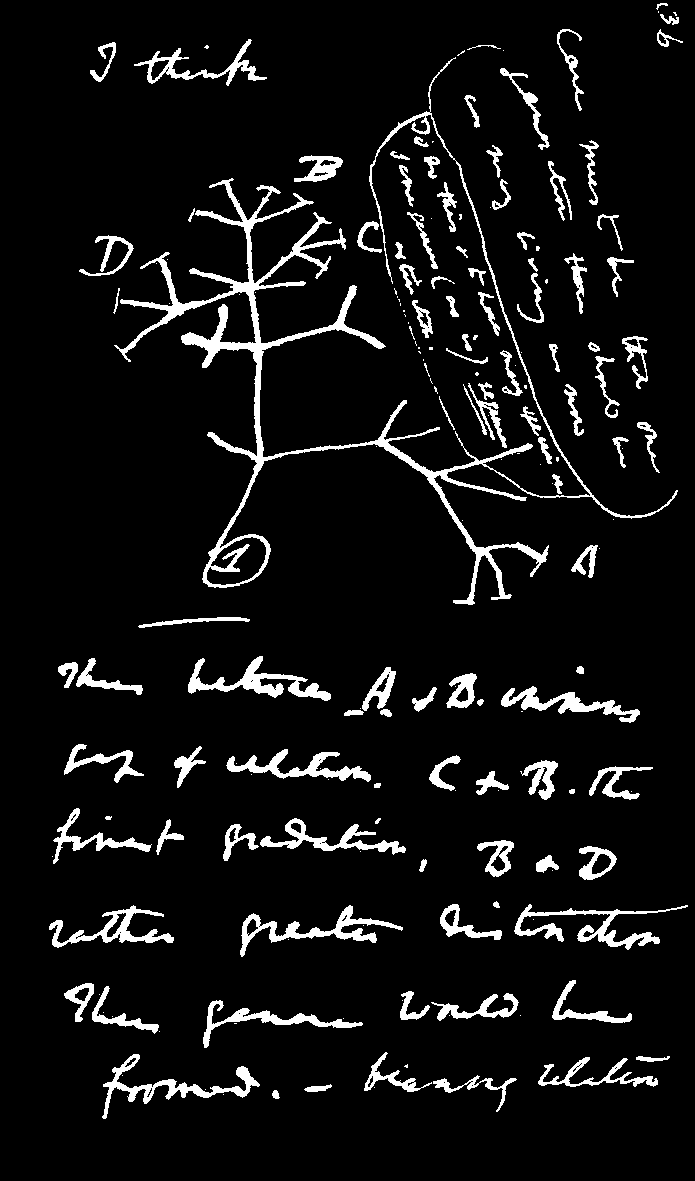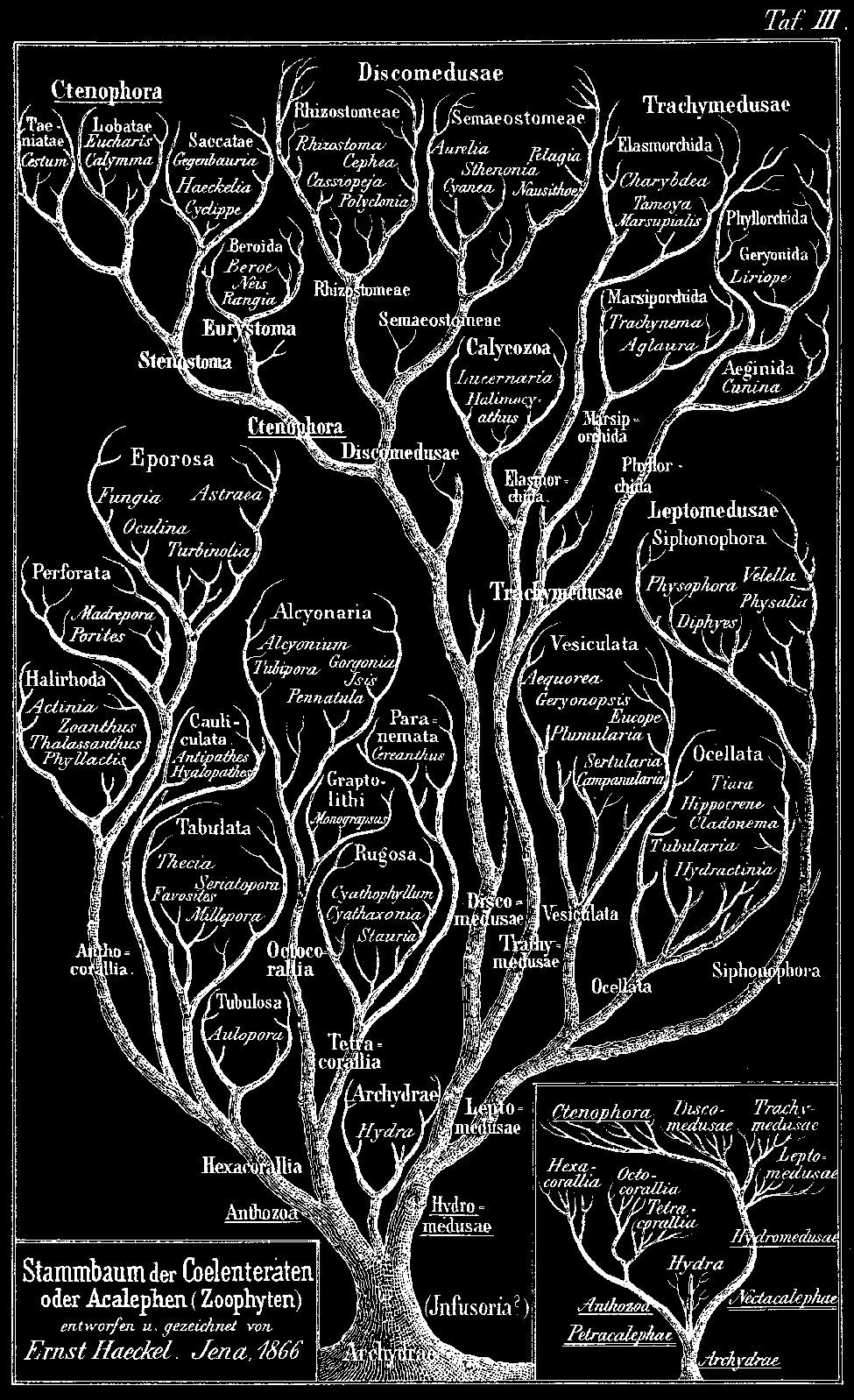why:
Increase the number of innovators learning from the creativity of biological evolution.
創造性を生物の進化から学び変革者を増やす。
Society is changing drastically. Even now 50 years later since 1972, which was said to be the limit of growth for human beings, we are still growing today. Changes to halt the collapse of biodiversity and actions to keep a sustainable society no longer have a temporal grace. We need more people to change society. We often say that things "evolve" by changing society. If we say that the changing society is evolving, will we be able to learn more about then process of this evolving society, from the evolution of living things?
社会は急激に変わっています。成長の限界と言われた1972年から50年が経った今でも、我々人類はまだ成長し続けています。生物多様性の崩壊を食い止めるための変化や持続可能な社会を保つためのアクションは、もう時間的な猶予が全く残されていない状況と言っていいでしょう。社会を変える人がもっとたくさん必要だと、心から感じます。どうすれば、そのような人を増やせるのでしょうか。そういえば私達は、物が社会を変えることを「進化する」とよく言っています。社会を変えることが進化だと言うなら、私達はもっと生物の進化から社会の進化を生むためのプロセスを学ぶことができるのではないでしょうか。



It is surprising how recently the scientific concept of evolution emerged and began to be studied systematically. For example, it was only in 1859, around 150 years ago, that Charles Darwin published Origin of Species, the work that defined the concept of evolution in a biological sense.The evolution diagram on the left is what Darwin left as a sketch. Following the thought of Darwin, Haeckel, a biologist and artist, created an expression called evolutionary tree in our image like the middle and right figure.
進化という科学的概念が登場し、体系的に研究され始めたのは意外なほど最近のことです。例えば, ダーウィンが「種の起源」を発表し、 進化の概念を生物学的に決定づけたのはわずか150年ほど前の1859年のこと。左の進化図は、ダーウィンがスケッチとして残したものです。種の起源に記したダーウィンの思想を引き継いで、生物学者でありアーティストであったヘッケルが、真ん中と右の図のような我々のイメージにある進化系統樹という表現を作り上げました。
The natural world is organized in accordance with the rule of survival of the fittest, whereby species most well-adapted to the environment are the ones that survive. The natural environments changes from moment to moment, so living creatures are also in a constant state of change. The system is designed so that infinite variation is generated over time through changes in DNA, enabling a species to sustain itself no matter what the conditions. An evolutionary map is a genealogy showing those life forms that have been selected above countless others through the principle of survival of the fittest. It could equally be seen as a sketch of the survival strategy of species in the natural world.
自然界は、 適者生存のルールに基づいて、環境に最適化した種が生き残るようにできています。自然環境は刻一刻と変化するため、 生物も変化を常に続けています。どんな状況が訪れても種が途絶えないために, DNAのゆらぎによって 時間経過とともに無数の生物のバリエーションが生み出されるようなシステムが出来上がっているのです。進化図は、かつて無数に存在した生物の中で、適者生存により選び抜かれたものが見せるデザインの系譜であり、自然界における種の生存戦略の見取図と言ってもいいでしょう。
how:
Observe how evolutionary systems transpire, and understand the history through evolutionary diagrams.
系統の発生を観察し、進化図から歴史を理解する。
Even in the design of artifacts, things are constantly evolving and culling from advances in technology, human interests and within the changing context of time. The development of species on the premise of diversity closely resembles the form of evolution of living things. The invention constantly seeks to supplement the evolution of people. Being faster and more comfortable is perhaps not the kind of design that has been advanced by such philosophy and instinct of mankind. If evolution and the design of living organisms are sufficiently similar, it should make innovation easier, by understanding the process well, applying this to inventions and designs. "Evolution Thinking" is a methodology of creativity for education, to learn the ways of thinking, from nature.
人工物のデザインにおいても、技術の進歩、人の趣向性や時代のコンテクストの変容によって、モノは絶えず進化と淘汰を繰り返しています。多様性を前提とした種の発達は、生物の進化の形によく似ています。常に発明は人の進化を補おうとしているようにも感じられます。より速く、より楽に、そんな哲学によって進められてきたデザインは、進化しようとする人類の本能ではないでしょうか。もし生物の進化とデザインが充分に似ているなら、そのプロセスをよく理解し、発明やデザインに応用することでイノベーションを起こしやすくなるはず。進化思考は、そのような考え方から生まれた、自然から学ぶ新しい創造教育のための手法です。
The principle of survival of the fittest operates in the design of man-made objects, too. Through technological advancements, changes in human preferences, and shifting temporal contexts, objects are involved in a constant cycle of selection and evolution. The premise of diversity in the development of objects is closely akin to the model of evolution of life. Human evolution is always completed by invention–the pursuit of what is faster and easier. Governed by these dynamics, design may be an instinctive processor humans as we seek to evolve.
人工物のデザインにおいても、技術の進歩、人の趣向性や時代のコンテクストの変容によって、モノは絶えず進化と淘汰を繰り返しています。多様性を前提とした人工物の発達は、生物の進化の形に似ています。常に発明は人の進化を補おうとしているようには思いませんか。より速く、より楽に。デザインは、進化しようとする人の本能だと言えるのではないでしょうか。
In the margins of evolutionary map of objects, there is space for objects to evolve. We may well call this space "innovation".
We decided to draw up and compare two evolutionary maps: one of animals and one of vehicles. The anthropology of man-made objects such as vehicles is an under-developed field, and we had to begin by establishing a methodology. Then, when we reached the stage of comparing the two maps, several important differences between animals and man-made objects were revealed. For example, man-made objects are directly affected by technological advances, making the life-span of new technologies extremely short. Technology advances in a unidirectional and irreversible pattern, so the speed at which designs are selected and discarded through technological change tends to accelerate. This acceleration is why there are some outstanding 100-year-old chains that are still used today, but nobody uses mobile telephones made just 10 years ago.
モノの進化図の空白には、モノのこれからの進化の余地が見えてくるかもしれない。その空白を、僕たちはイノベーションと呼ぶのでしょう。
そこで動物の進化図と乗り物の進化図を描いてみました。驚いたことに乗り物のような人工物の分類学はほとんど発達しておらず、その方法論の確立から進める必要がありまず人工物は、加速度的な技術発展のスピードのため、新技術が用いられたものの寿命が極端に短いことがわかります。技術の発展は不可逆的に起こるため、新技術を使ったデザインはすぐに昔のものとして淘汰されてしまいます。100年前の椅子でも現役で使われている名作が存在する一方で、10年前の携帯電話を使っている人がいないのはそのためです。
We can also see that integration of different types is easier in the case of man-made objects than animals. In the natural world, it is impossible to combine disparate species, such as jellyfish and humans, but it is well-known that innovation can be generated through unusual combinations of different man-made objects. This ease of integration can be seen in examples such as the amphibious vehicle, which integrates a boat and an automobile, and the Osprey, which was created by combining a helicopter and an airplane.
あるいは、人工物の方が自然物よりも種の融合が容易なことも読み取れます。自然物においてはクラゲとイヌのように種が遠いものは交配できないけれども、人工物では、意外性のある組み合わせからイノベーションが生まれることがよくあるようです。例えば船と車を融合した水陸両用車両や、ヘリコプターと飛行機の融合によって生まれるオスプレイのような例が、人工物では容易に生まれています。
This evolutionary map was designed for "NOSIGNER–Reason behind Forms" exhibition starts from the hypothesis "What if all designs are imitations of nature, or what if the very act of designing is the act of unconsciously simulating the evolution of nature?" Through this exhibition, we compares/contrasts artificial and natural objects and explores the purpose within form, as well as ways of conceiving designs, based on the idea that "design is the biology of objects."This philosophy became the basis of "Evolution Thinking".
この進化図は、ギンザ・グラフィック・ギャラリーにおいて、個展「ノザイナーかたちと理由」を開催した際に作られたものです。「もし全てのデザインが自然の模倣なのだとしたら。あるいはデザインという行為そのものが、自然の進化を無意識にシミュレーションする行為だとしたら」という仮説から、「デザインは、物の生物学だ」という考えに基づき、人工物と自然物を対比させて、かたちの奥にある理由や、デザインを発想するための方法に迫る展示を行いました。この考えが進化思考のベースとなっています。
will:
Evolution Thinking came to be by integrating all ways of thinking.
あらゆる発想法を統合する進化思考の誕生。
"Evolution Thinking" started as a small experimental exhibition, and is currently gradually spreading, while being supported by proponents such as the automobile company, the real estate company of the largest scale in Japan and the manager of the global company of apparel. (Reference article: Harvard Business review etc). We will continue to provide "Evolution Thinking" as a program to nurture innovators that change society. In order to realize a sustainable symbiotic society, do not you think that there is at least one innovator within 2000 people, aiming for social change? While it is said that by 2050 the population will exceed 10 billion, one in 2000 is one in five million. With that, we believe that a superior educational program that truly brings up a number of people who realize social change is necessary.
小さな実験的展示から始まった進化思考は、いま日本最大級の規模の自動車会社・不動産会社やアパレルのグローバル企業の経営者など、徐々に賛同者に応援されながら広がりつつあります。(参考記事:Harvard Business review etc)私たちは進化思考を社会を変えるイノベーターを育てるためのプログラムとして提供し続けます。持続可能な共生社会の実現のためには、最低でも2000人に1人程度は、社会変革を目指すイノベーターがいてもいいと思いませんか。2050年までには人口が100億を突破すると言われている中で、2000人に1人は500万人。そのためには、本当に社会変革を実現する人を数多く育てる優れた教育プログラムが’必要だと考えています。
what:
Evolutionary Tree / evolution thinking
when:
2016
who:
Art Direction
NOSIGNER (Eisuke Tachikawa)
Graphic Design
Graphic Design
NOSIGNER (Eisuke Tachikawa, Toshiyuki Nakaie)
Space Design
Space Design
NOSIGNER (Eisuke Tachikawa, Sui Fujikawa)
Photo
Kunihiko Sato
Client
Related Project:
Transformation / evolution thinking
Transformation / evolution thinking
Related Project:
Fluidity / evolution thinking
Fluidity / evolution thinking
Related Project:
Force / evolution thinking
Force / evolution thinking
Related Project:
Pattern / evolution thinking
Pattern / evolution thinking
